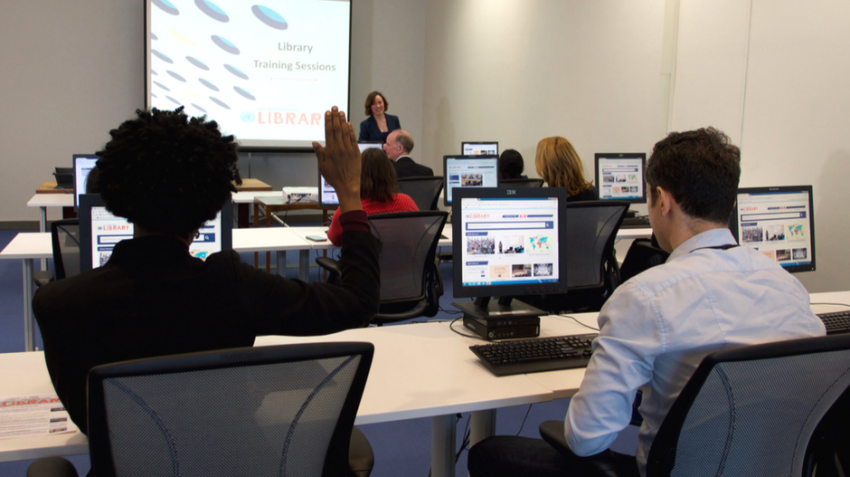“The rains keep on changing, and our efforts to manage this, our knowledge, our experience, are no longer enough for us to cope,” says a Yukuna elder at the Indigenous reservation Km 6, near the capital of Colombia’s Amazonas.
The Amazon region continues to be exposed to unprecedented stress due to increasingly warm temperatures, extreme droughts, deforestation, and fires.
Indigenous communities knew how to anticipate and adapt to what the weather would bring, but now this has changed.
The calendars they were able to draw based on their knowledge of nature, which would allow them to identify periods of abundance or scarcity, are now challenged by the reduced precipitation and increasing temperatures caused by El Niño.
More than just survival
When water levels are too low, hours of fishing in the world's largest freshwater river, which typically harbors some 2,000 fish species, do not give more a handful of small fish. This is especially dangerous for a municipality like Puerto Nariño, where fishing represents 81 per cent of people’s overall protein intake and 78 per cent of a family’s income.
But there are far more devastating consequences that threaten people’s safety. As many waterways become too shallow for boats, transportation becomes challenging, and communities often cannot safely reach education or health services.
This is why mitigation projects like FAO’s construction of rainwater collection and purification systems become the only lifeline for thousands of Indigenous people. Acción contra el Hambre also built safe water storage and supply systems in educational institutions, which have benefited thousands of families.
While some of these interventions started when COVID-19 hit the Amazonas, they proved vital during the drought season to help strengthen communities’ ability to adapt and respond to climate disasters.
The role of humanitarian assistance
While humanitarian assistance continues to be crucial in the Amazon, the Office for the Coordination of Humanitarian Affairs (OCHA) has been working with Indigenous communities to ensure that their knowledge of the territory is an integral part of our response plans.
This enables people to become more resilient and less dependent on aid alone. The approach includes consulting with Indigenous communities and hearing their perspectives of how we should provide a response that truly meets their needs.



